Dr. Le Quoc Phuong - former Deputy Director of the Center for Industry and Trade Information (Ministry of Industry and Trade) discussed with reporters of the Industry and Trade Newspaper about solutions to increase two-way trade turnover, aiming to balance the trade balance between Vietnam and China.
 |
| Dr. Le Quoc Phuong - former Deputy Director of the Center for Industry and Trade (Ministry of Industry and Trade) |
Sir, for many years now, China has maintained its position as one of Vietnam's largest trading partners. How do you assess the trade situation between the two countries?
As a neighboring country of Vietnam, China is currently the second largest export market and the largest import market of Vietnam. Vietnam exports to China many agricultural, forestry and fishery products, textiles, footwear, electronics, etc. and imports from this market machinery, raw materials for production, etc.
According to the General Department of Customs, our country's export turnover to the Chinese market in the first 8 months reached 38.28 billion USD, a slight increase of 3.9% over the same period last year (equivalent to an additional turnover of 1.44 billion USD).
On the contrary, in 8 months, the import turnover of goods from China reached 92.5 billion USD, a sharp increase of 34.25% over the same period last year (equivalent to an increase of 23.6 billion USD).
Over the past 8 months, our country's trade deficit with China has reached 54.22 billion USD. Currently, the import turnover from the Chinese market is relatively large, however, the structure of imported goods from this market is mainly raw materials for production and export, so it is not too worrying. Imported goods from China, especially raw materials for production, are of good quality and competitive prices. Two-way transportation is more convenient due to the close geographical location, so Vietnamese enterprises prioritize importing from this market.
However, currently, imports from China are increasing, affecting the trade balance between the two countries. Therefore, in the long term, authorities and businesses need to make efforts to increase export turnover to gradually balance the trade balance between the two sides.
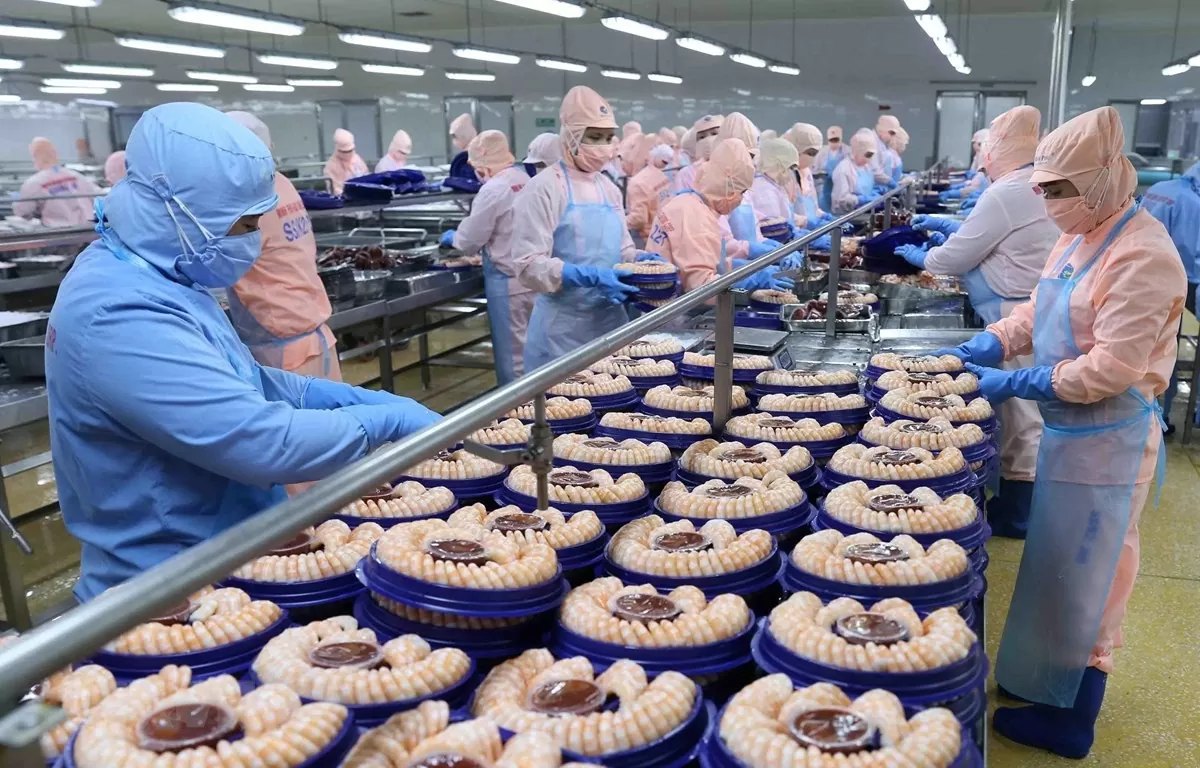 |
| Vietnamese seafood is popular in the Chinese market (Photo: VNA) |
To move towards trade balance, what solutions are needed, sir?
In my opinion, to gradually balance the two-way trade balance, it is necessary to solve the problem of increasing exports and limiting imports.
Currently, the main export items from Vietnam to China are agricultural, forestry and fishery products. Accordingly, to increase exports, the Government needs to support farmers in accumulating land to create large production areas, thereby increasing the output and quality of agricultural products exported to China.
At the same time, localities also need to strictly manage the licensed growing area codes to maintain the quality and market for exported goods. Goods must also meet food hygiene and safety standards in accordance with Chinese market standards.
Enterprises must also identify that China is no longer an easy market but is increasingly demanding and demanding in terms of standards and quality of exported goods. From there, they must produce products that meet market requirements.
Regarding imports, to reduce the burden of trade deficit from this market, businesses need to invest heavily in supporting industries to improve competitiveness and reduce costs, thereby helping products increase competitiveness in the market, helping to reduce the import rate from China.
Authorities such as the Ministry of Industry and Trade, the Ministry of Agriculture and Rural Development, and the Ministry of Foreign Affairs also need to step up negotiations to continue to open the official market for Vietnamese products to the Chinese market. Limiting informal exports is also a way for Vietnamese goods to increasingly standardize and meet the requirements of the other side.
For businesses, what recommendations do you have for export businesses to boost exports to this potential market?
Currently, Vietnam and China have many common cooperation frameworks such as the ASEAN-China FTA and the CPTPPP Agreement. However, it seems that Chinese enterprises take advantage of these frameworks better than Vietnam, as shown by the fact that export turnover from China to Vietnam is better than from Vietnam to China.
Therefore, Vietnamese enterprises, especially agricultural export enterprises, must determine that China is no longer an easy market. This is also a very potential market, with 1.4 billion people, a market that many countries want to conquer, not just Vietnam. Therefore, enterprises must determine to produce products with clear origin, traceable origin, ensuring the requirements of the host country.
In addition, the Government also needs to make efforts to negotiate to open the market for some agricultural products to be officially exported. Only by officially exporting can businesses "legitimately" enter the market, minimizing risks.
For industrial products, it is necessary to ensure standards according to market requirements. Improve quality, reduce costs to increase competitiveness.
Because current enterprises are mainly small and medium-sized, they need to link up with large-scale production and make efforts to participate in the global production chain to gradually improve competitiveness.
Thank you!
Source: https://congthuong.vn/huong-toi-can-bang-can-can-thuong-mai-viet-nam-trung-quoc-348907.html




![[Photo] Closing of the 11th Conference of the 13th Central Committee of the Communist Party of Vietnam](https://vstatic.vietnam.vn/vietnam/resource/IMAGE/2025/4/12/114b57fe6e9b4814a5ddfacf6dfe5b7f)

![[Photo] Overcoming all difficulties, speeding up construction progress of Hoa Binh Hydropower Plant Expansion Project](https://vstatic.vietnam.vn/vietnam/resource/IMAGE/2025/4/12/bff04b551e98484c84d74c8faa3526e0)

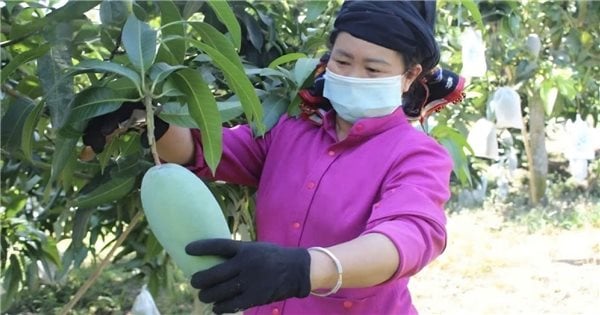

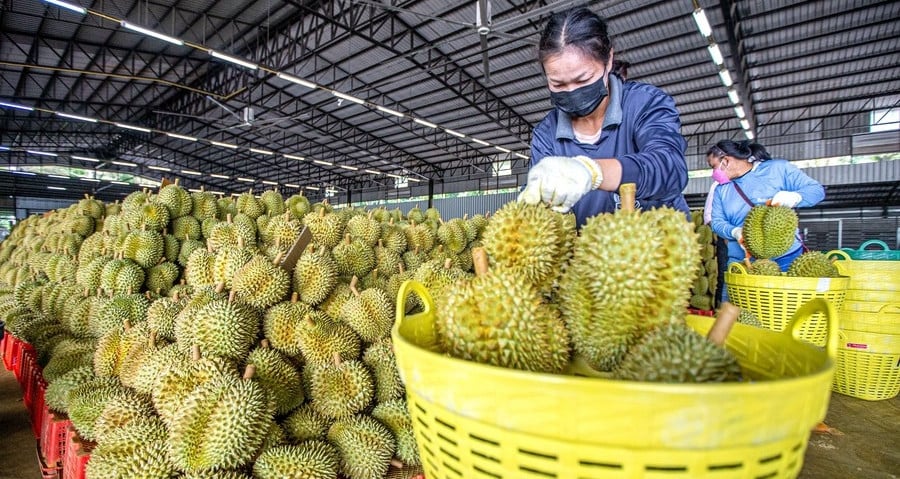

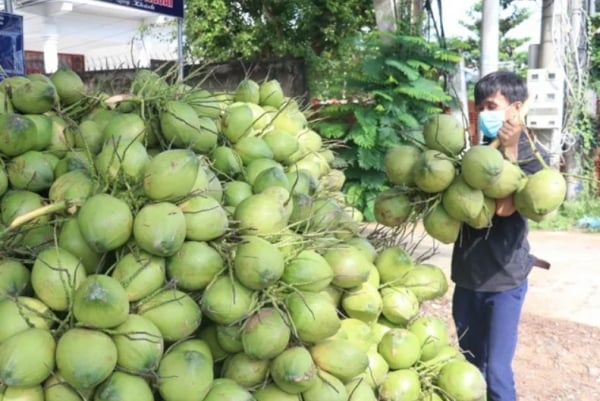



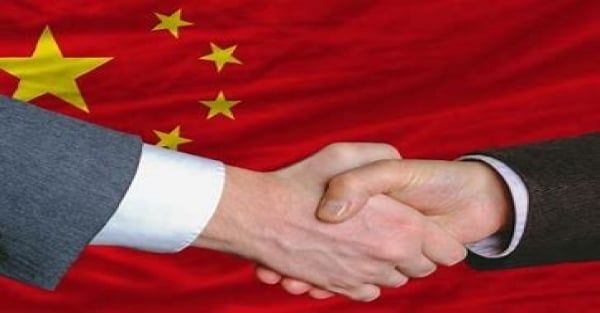



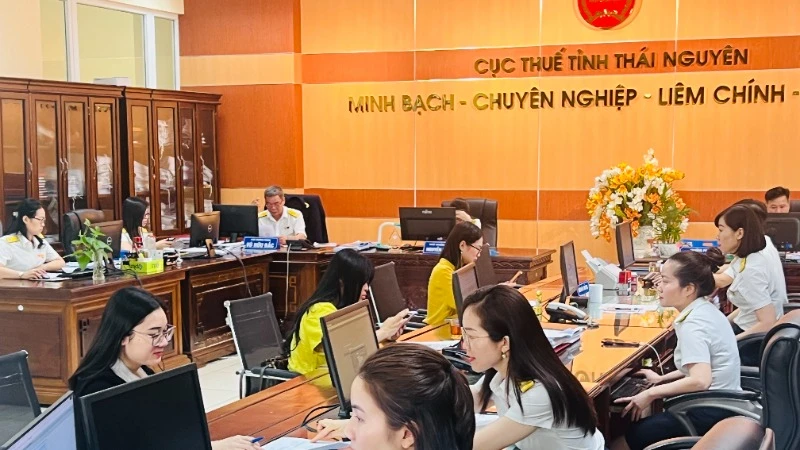
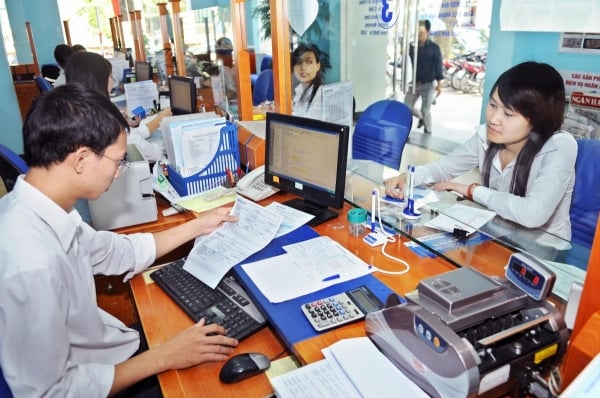









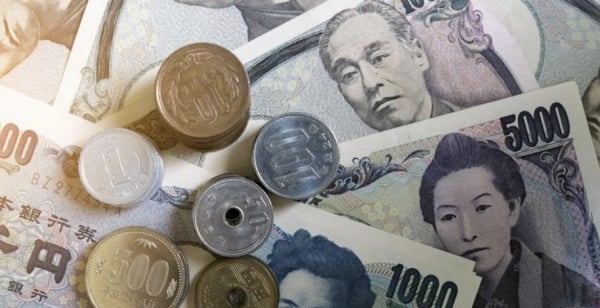
















































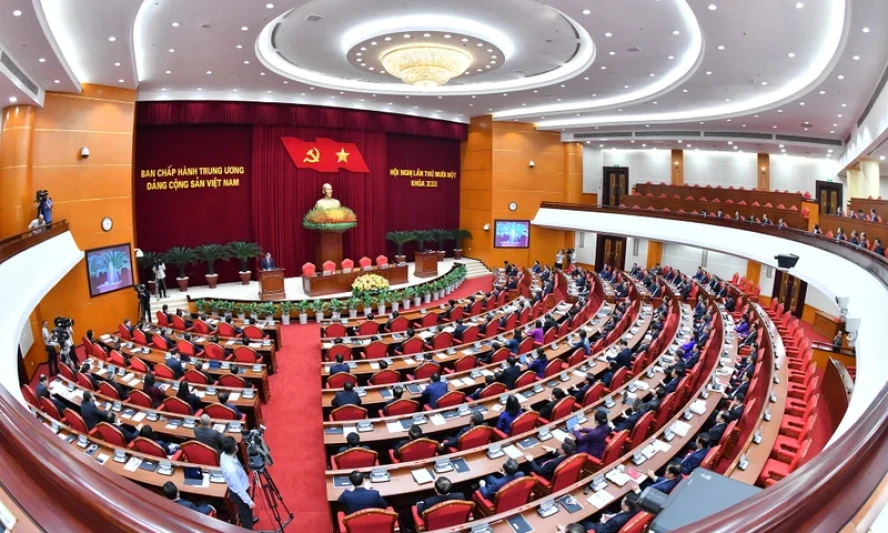















Comment (0)